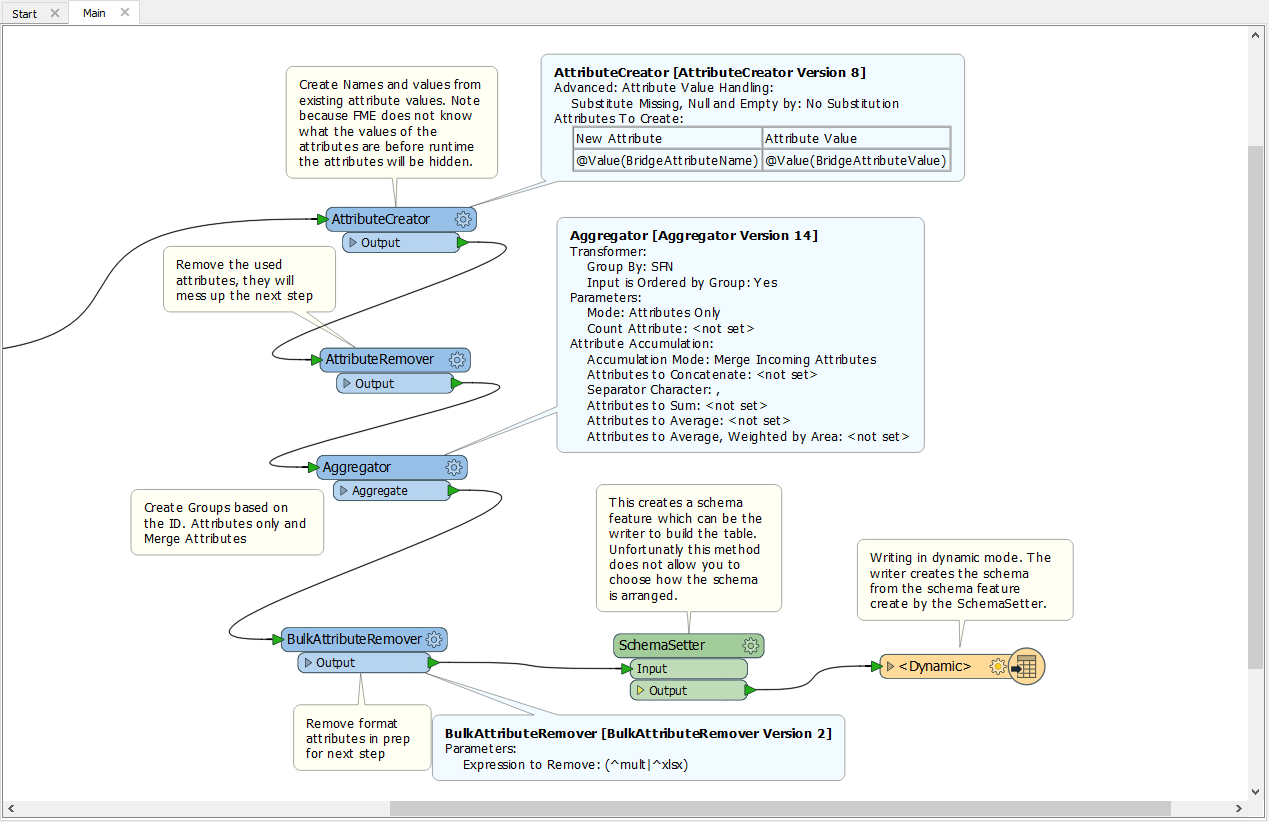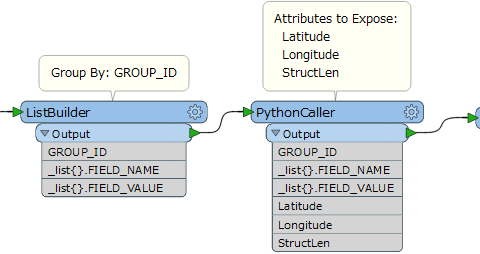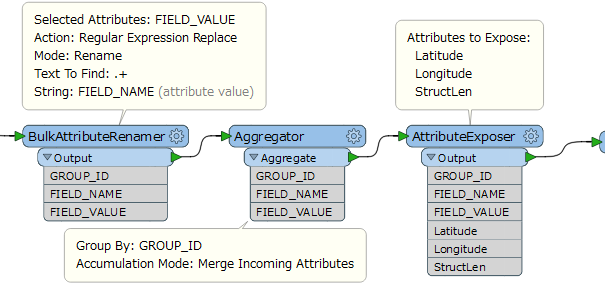I have a table of non-spatial features. Each row has a non-primary key that it shares with 39 other rows. Each row contains a unique attribute type. For example: Row 1= "10 County"; Row 2 = "10 State"; Row 3 = "10 District" .... Row 41 = "20 County", Row 42 = "20 State" .... etc. How can I pull all the "10" attributes "20" attributes into single rows, each containing the 40 attributes?
Reply
Rich Text Editor, editor1
Editor toolbars
Press ALT 0 for help
Enter your E-mail address. We'll send you an e-mail with instructions to reset your password.




















